Frederica Freyberg:
Vos further says Governor Evers’ proposal to give childcare providers a one-time payment of $365 million is a 12-month patch to match what they lost through the federal stimulus plan, calling it unsustainable. People who study Wisconsin’s childcare and its ramifications on the workforce, families and children, would like to see that funding patch, however, fearing the collapse of the industry in short order. We sat down with Alejandra Ros Pilarz, UW Madison assistant professor in the School of Social Work. We started by asking her to describe how bad the shortage of licensed childcare providers is and the implications of that.
Alejandra Ros Pilarz:
When we think about access to childcare, we think about a few different things. One is just geographic proximity, like, can families — how far do they have to drive to get to a nearby childcare provider. We know in Wisconsin the geographic access really varies a lot across the state, so in urban areas, it tends to be a little better. But in rural areas, there’s about 3.4 children per regulated childcare slot. So that’s what we call a childcare desert when there’s 3 or more kids per childcare slot. That suggests in rural areas, especially, but in other parts of the state, too, that there’s — families lack these geographic access to childcare. They have to drive really far to get to a nearby provider. But the second key piece is affordability, and so even if you have providers who are near you, you might not be able to afford them. So in Wisconsin, childcare for an infant in the center costs $13,500 a year. That is unaffordable for many families. And so even when there is that spot available, if you have to pay $13,500 per year, you’re not going to be able to afford that.
Frederica Freyberg:
Who does this shortage hurt the most?
Alejandra Ros Pilarz:
Obviously, it most directly impacts children and parents and childcare providers, but it also has ramifications for the labor market, for the economy, and so ultimately all of us. And so for — let me kind of walk you through how it impacts different children and parents. So for children, there’s a wealth of research that high quality early care education, or childcare, is really critical to their development. So it matters for not just their short-term education, academic performance, but also longer-term children who have high quality early education go further in school and have higher earnings as adults. They are healthier and so all of these things, all of those benefits to kids pay off to society as well. And then for parents, parents need childcare to be able to work. And so if they are working less or not working at all, that obviously impacts their earnings, typically mothers’ earnings. The family’s economic well-being because they have sacrificed income and also impacts the economy because you have productive workers who are stepping out of the labor force and businesses who can’t find workers or who have lots of turnover.
Frederica Freyberg:
How did we get to this place where parents can’t afford quality care and providers can’t afford to pay their staff really living wages?
Alejandra Ros Pilarz:
Childcare providers, those who care for the kids, are the most important ingredient of childcare, obviously. Right? So this is critical to high quality care. In order to do that, we need to have few kids per teacher so that teachers can have these high-quality interactions with kids. And so you need a lot of labor, a lot of people to provide that care. So in a childcare center, the majority of the costs go towards labor, towards hiring these highly trained teachers do this work, and so whenever you want to increase teachers’ wages, or you retain them, you are increasing your overall budget by a lot, your overall costs by a lot, and so childcare centers have no option but to pass that on to parents because without additional public investment. So you have parents who really can’t afford to pay more and childcare centers who want to pay their staff more but can’t raise wages at the risk of losing parents.
Frederica Freyberg:
Do you think that the governor’s call for a billion dollars investment toward this problem is the right fix?
Alejandra Ros Pilarz:
So it’s absolutely critical to maintaining the status quo. So right now, we do have a childcare shortage. The system is not functioning well and the funding that the governor is calling for is to maintain the current funding. If we don’t invest more, the pandemic relief funds that are currently keeping the system sort of stable are going to go away. And so there’s this real fear that when that money runs out, that the system is going to destabilize and prices are going to go up, parents are going to have to have fewer options for care, workers are going to leave, and so that money is absolutely critical to having that not happen and maintaining where we are right now, but in the longer-term, we do need more substantial public investments in childcare in order to improve the system. To make things better. So that parents don’t have to spend 20% of their income on childcare. So that teachers can make more than $13 on average an hour, and so we need additional investments to make improvements in the system, but the funding that has been proposed by Governor Evers is critical to maintaining things where we are right now.
Frederica Freyberg:
All right. Professor Pilarz, thanks very much.
Alejandra Ros Pilarz:
Thanks for having me.
Search Episodes

Donate to sign up. Activate and sign in to Passport. It's that easy to help PBS Wisconsin serve your community through media that educates, inspires, and entertains.
Make your membership gift today
Only for new users: Activate Passport using your code or email address
Already a member?
Look up my account
Need some help? Go to FAQ or visit PBS Passport Help
Need help accessing PBS Wisconsin anywhere?

Online Access | Platform & Device Access | Cable or Satellite Access | Over-The-Air Access
Visit Access Guide
Need help accessing PBS Wisconsin anywhere?

Visit Our
Live TV Access Guide
Online AccessPlatform & Device Access
Cable or Satellite Access
Over-The-Air Access
Visit Access Guide
 Passport
Passport





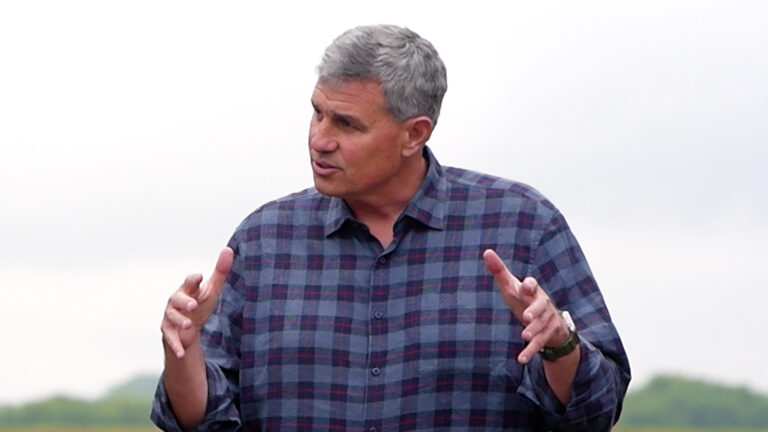
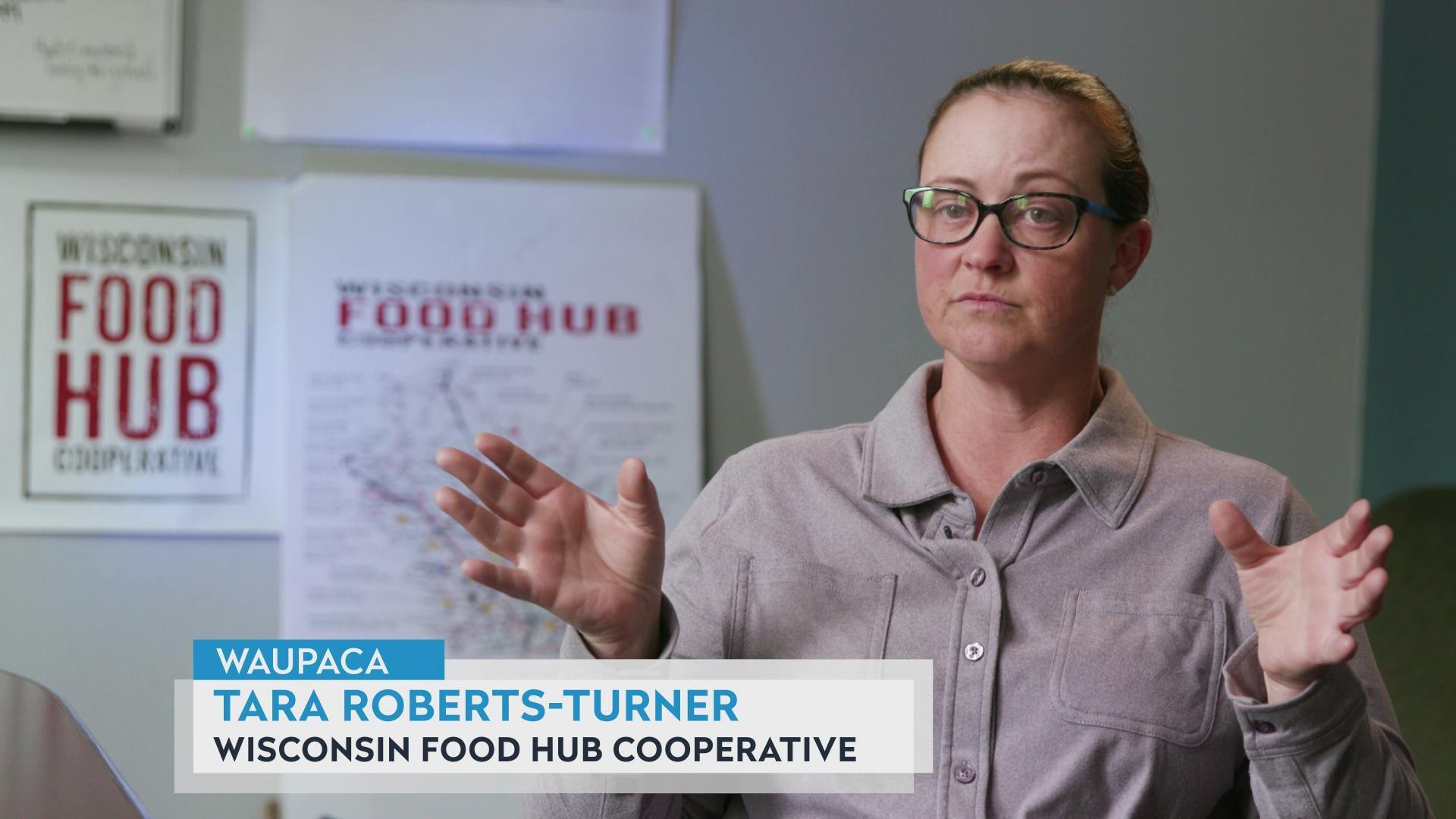
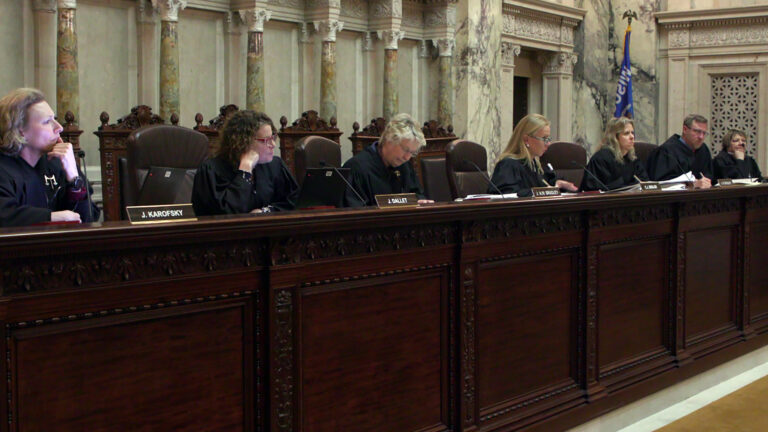
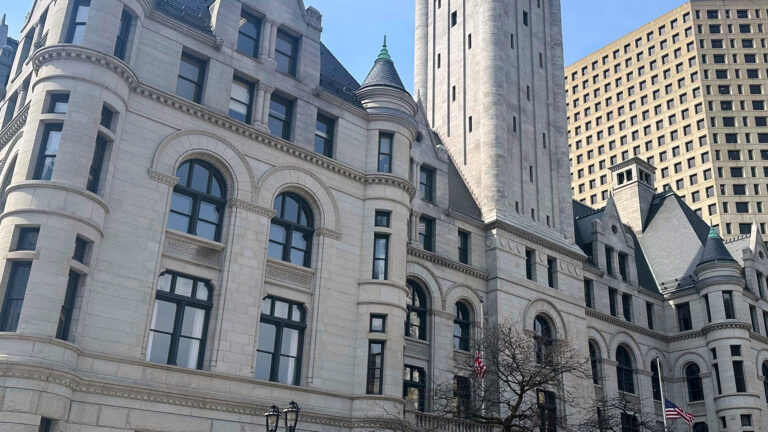
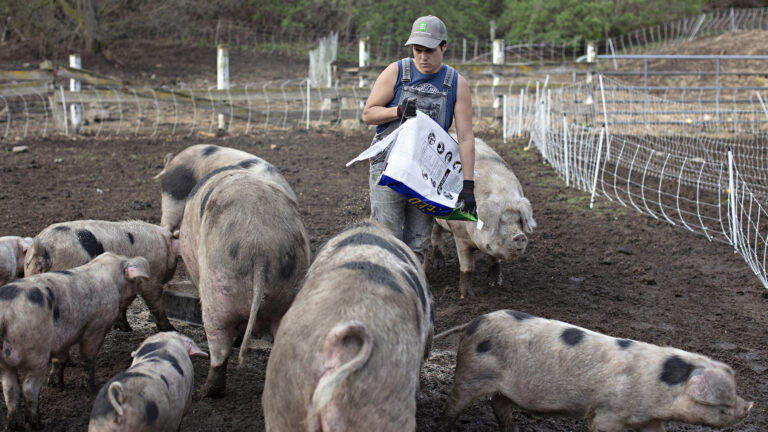

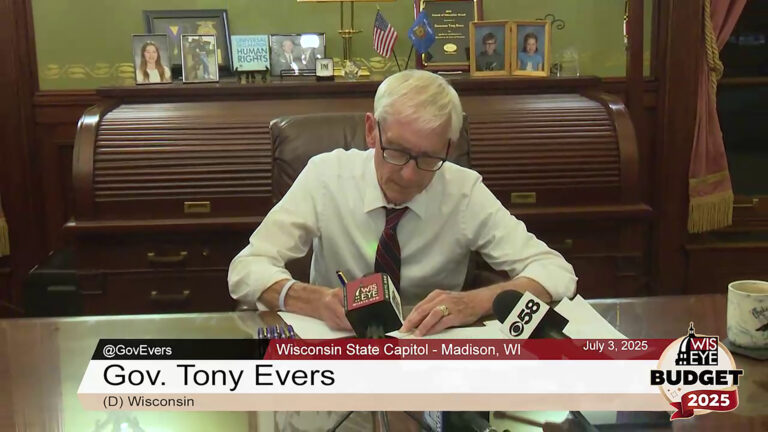


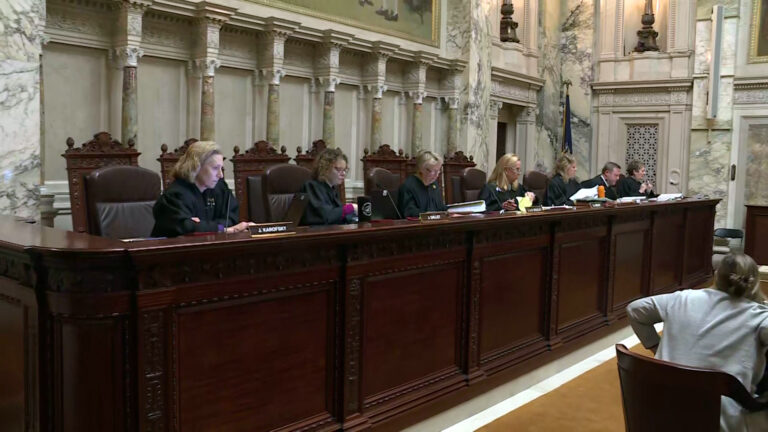
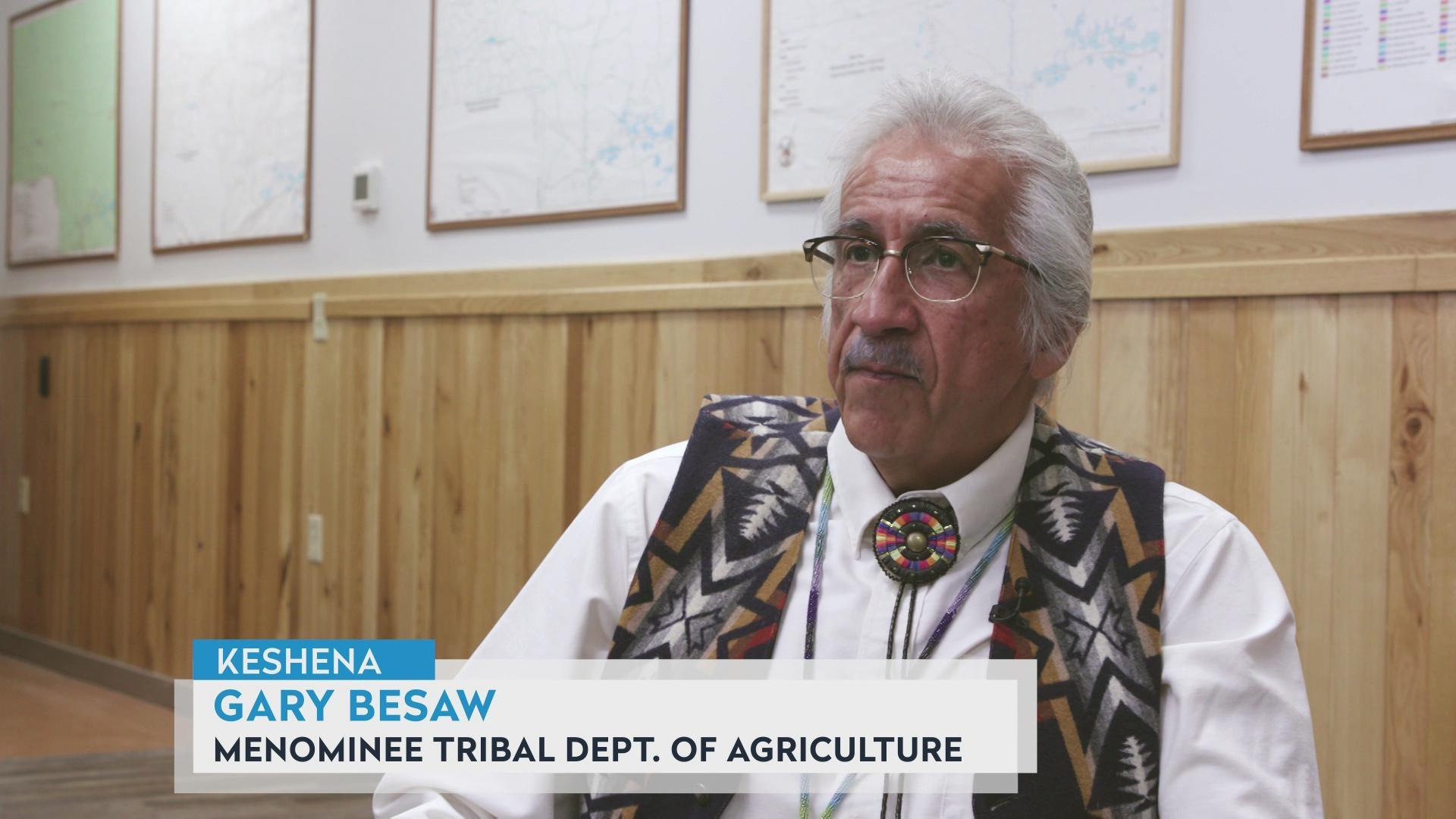
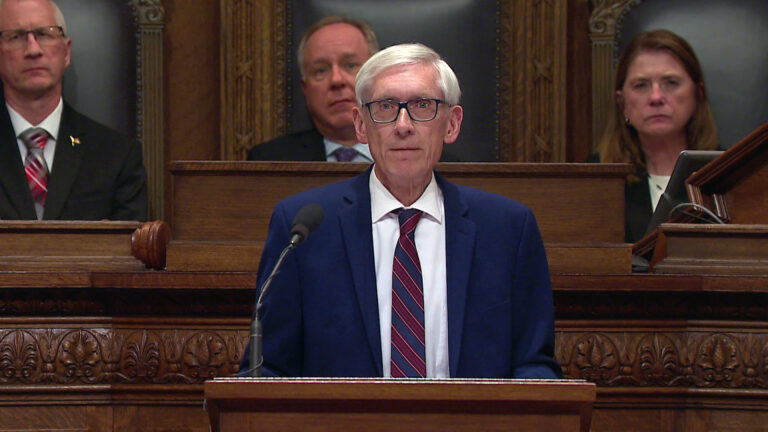

Follow Us